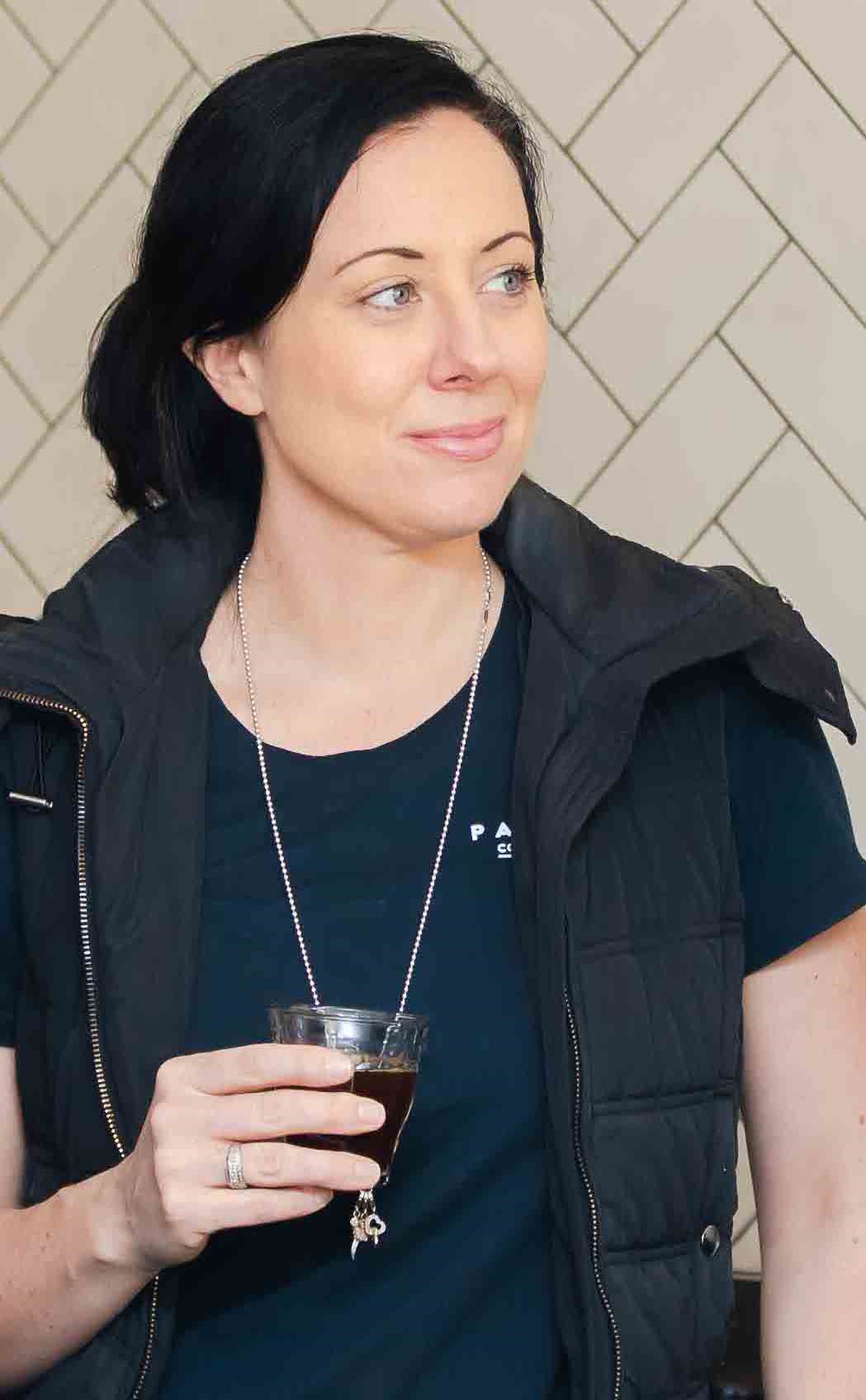Getting the most out of your home brewing experience.
by Melita, Training Manager - Paradox Coffee Roasters

Throughout this time of self-isolation and uncertainty, its been important to find comfort and enjoyment where we can. And for many this is in the simplest of things – such as your morning brew.
Whilst our local cafes need our support now more than ever, and many are still there to provide you with your morning cup of gold, the necessity to brew at home has become the only option for a lot of coffee lovers.
Indulge your inner barista and get the most out of your home brewing experience with the below tips:
Freshness
Purchasing
- Purchasing your coffee (preferably whole beans) from your local roaster (rather than the supermarket) will allow you to enjoy your coffee during its optimum freshness, due to the short timeframes between roasting-ordering-delivery.
Storage
- Always store your coffee in an airtight container (or ensure your 200gm bag is zipped closed) away from extreme heat, light or moisture.
Grinding Fresh at Home
- There are many grinders available for home brewing, a great option (and most affordable) is a hand grinder.
- Oxidisation occurs once coffee is ground which causes staling – the loss of flavours and aromas once the air hits the ground coffee.
- Purchasing your coffee in whole beans and grinding fresh for every brew will:
- Ensure you are brewing with the most desirable flavours.
- Save you money – remaining fresher for longer, prolonging the life of your coffee.
- Suit your specific brewing method by giving you control over the grind size.
Coffee:Water Ratio
- Your coffee to water ratio will play a big part in determining the intensity (or lack thereof) and overall flavour of the brew.
- As a standard guide, for a lot of manual brew methods, a ratio of 1:15 – 1:20 is a good starting point and can easily be adjusted from there.
- For instance, a ratio of 1:15 would mean for every gram of coffee used, you will use 15 grams of water in your brew.
Water
Temperature
- If using a home kettle, let the water rest for 60 seconds or so once it has boiled to avoid burning the coffee.
- If using a temperature control kettle for manual brewing methods, generally between 90 – 96˚C is a great starting point.
- Compounds extract differently from the coffee with different temperatures, play around with different temps to see which extracts the flavours you prefer.
Water Quality
- If you have access to filtered water at home, ensure this is always your go to for brewing. Filtered water will provide clean and crisp flavour clarity when extracting.
Filters
- For brewing methods where you are using a paper or metal filter, always rinse the filter with hot water before adding your coffee and brewing.
- For paper filters this will help to remove any carbon odours, flavour and dust and for the metal filters it will preheat and open the brewing channels.
Heat
- Always preheat with hot water your cups or glasses before starting your brewing, this will prevent the cold cup absorbing too much of the heat from your coffee.
- If using a glass or ceramic brew method (such as a plunger or V60), it’s a good idea to pour some hot water through these to preheat, then discard before starting your brew.
Visit the shop for our range of tools to help you get the best out of your home brewing experience!
from Paradox https://bit.ly/2X5U5hE
via IFTTT
